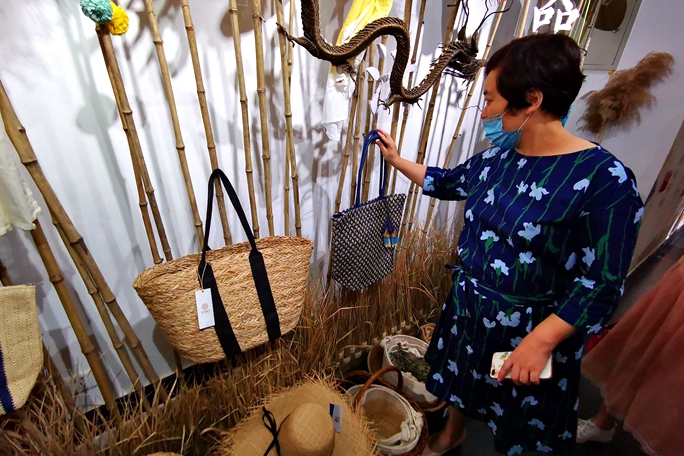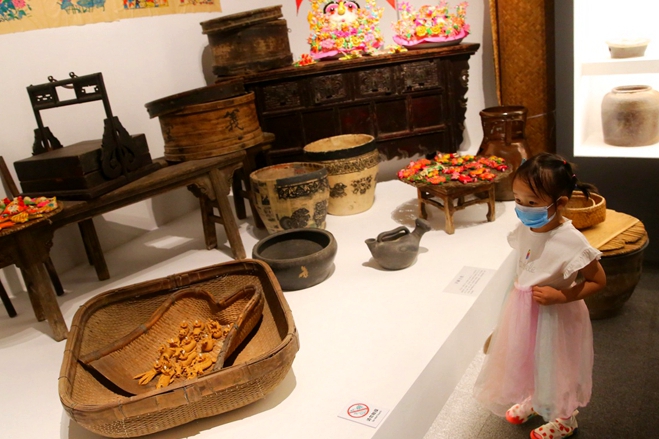The Auspicious Rite of Beam-Placing
It is a saying in China that people should have a stable residence before they can devote themselves to work and develop their career. Building a house is a significant activity for every household, placing the beam of the house even more so. Thus there are some established rules and taboos concerning beam-placing.
The beam, called liang in Chinese, is a piece of wood on the walls or pillars supporting the roof. The best material for a roof beam comes from the king of trees, Chinese mahogany, or the elm. The time for beam-placing should be chosen carefully. Days with a full moon or rising tides are ideal as they symbolize family unity and fortune rising like the tide. Days that are extremely hot, rainy or cold, as well as sowing and harvesting periods in spring and autumn should be avoided.
Host would place a square table in the main room of a new house and lay out incense burners, candle holders, sacrifices, the ax of leading carpenter and cleaver of the leading bricklayer. The sacrifices usually include one pig head and one pig tail (representing the whole pig), fish, geese, toufu, eggs, salt and soy sauce, as well as a proper number of dishes and fruits. Before the beam-placing, the host would inform relatives, friends and neighbors of the time and date. On that day, close relatives and friends would bring red silk or cloth, and casual friends would bring red quilt cases, sheets, blankets or some grains or dried fruits, to convey congratulations. All these gifts would be brought to the beam-placing ceremony.
At noon, the host would treat construction workers, helpers, relatives and friends to a feast. The beam-placing ceremony comes to an end as the guests applaud.

 Shandong Culture and Tourism Consumption Season
Shandong Culture and Tourism Consumption Season Culture, tourism sectors pick up in Shandong as epidemic wanes
Culture, tourism sectors pick up in Shandong as epidemic wanes

